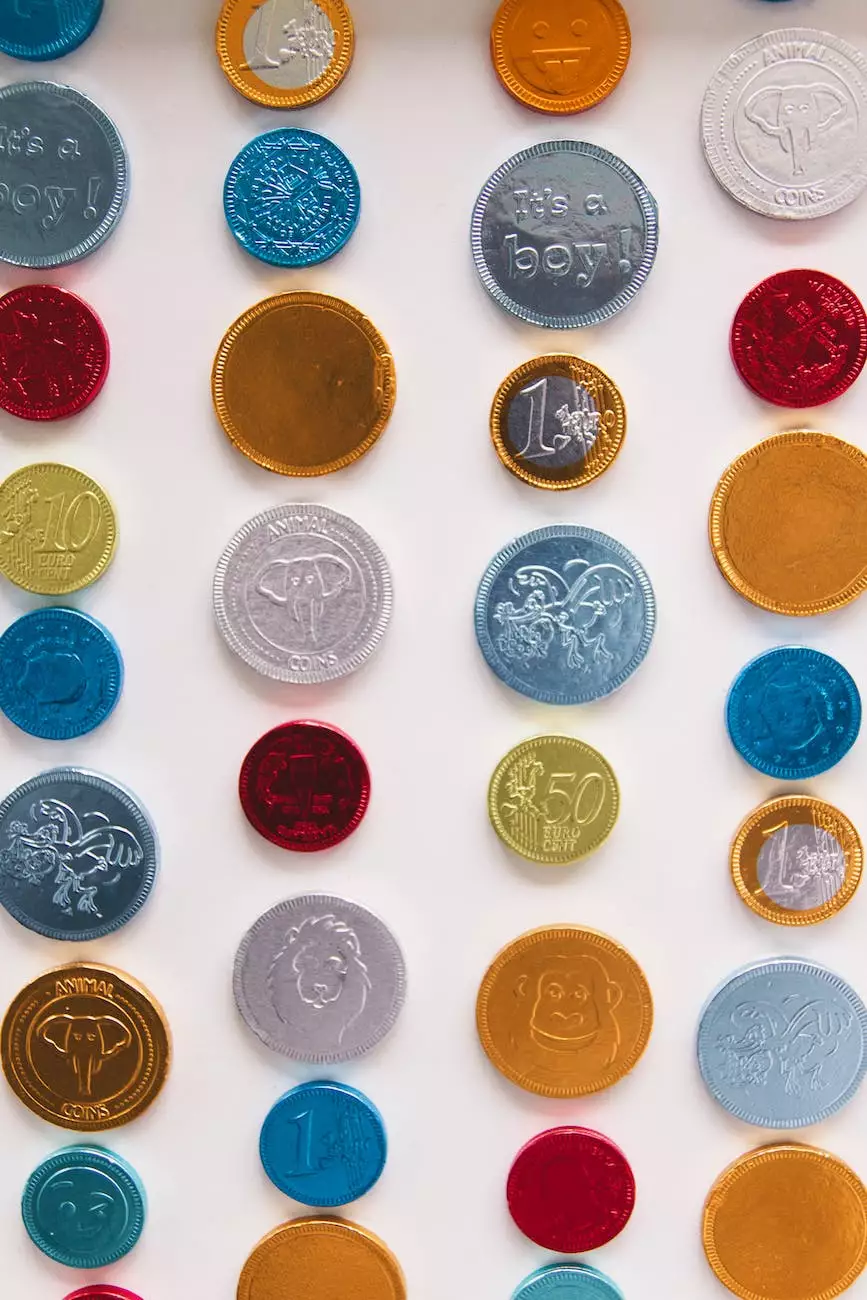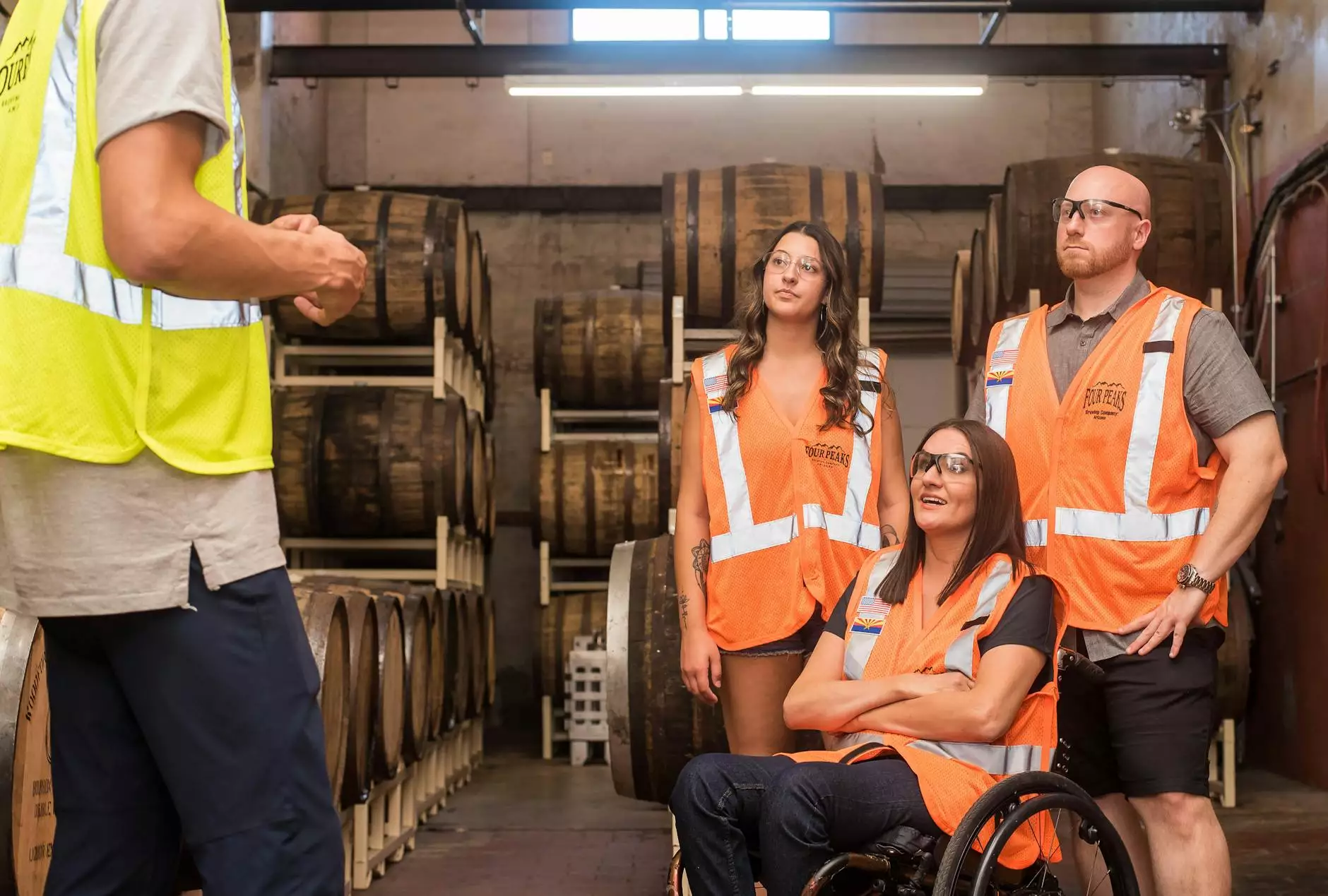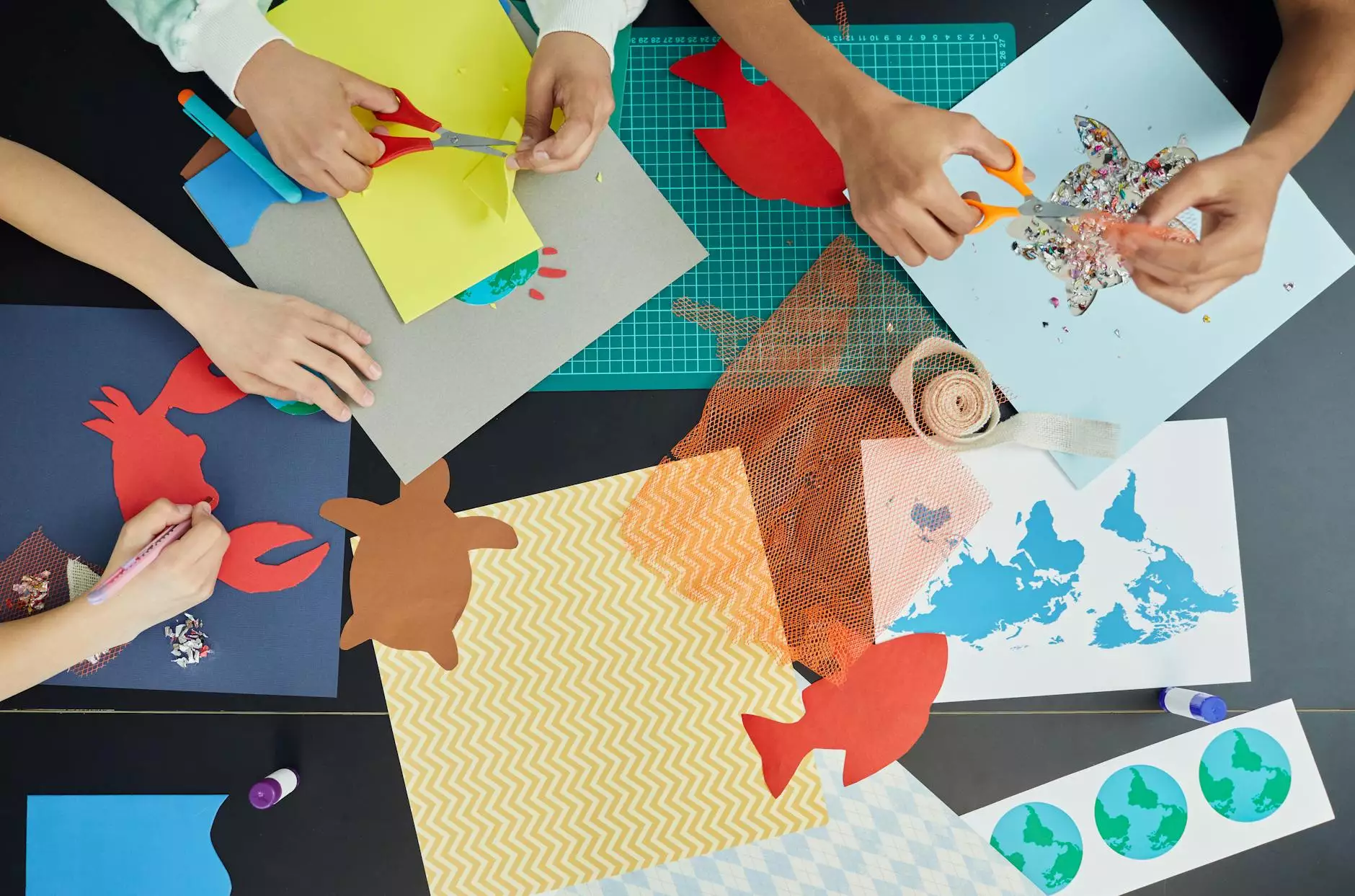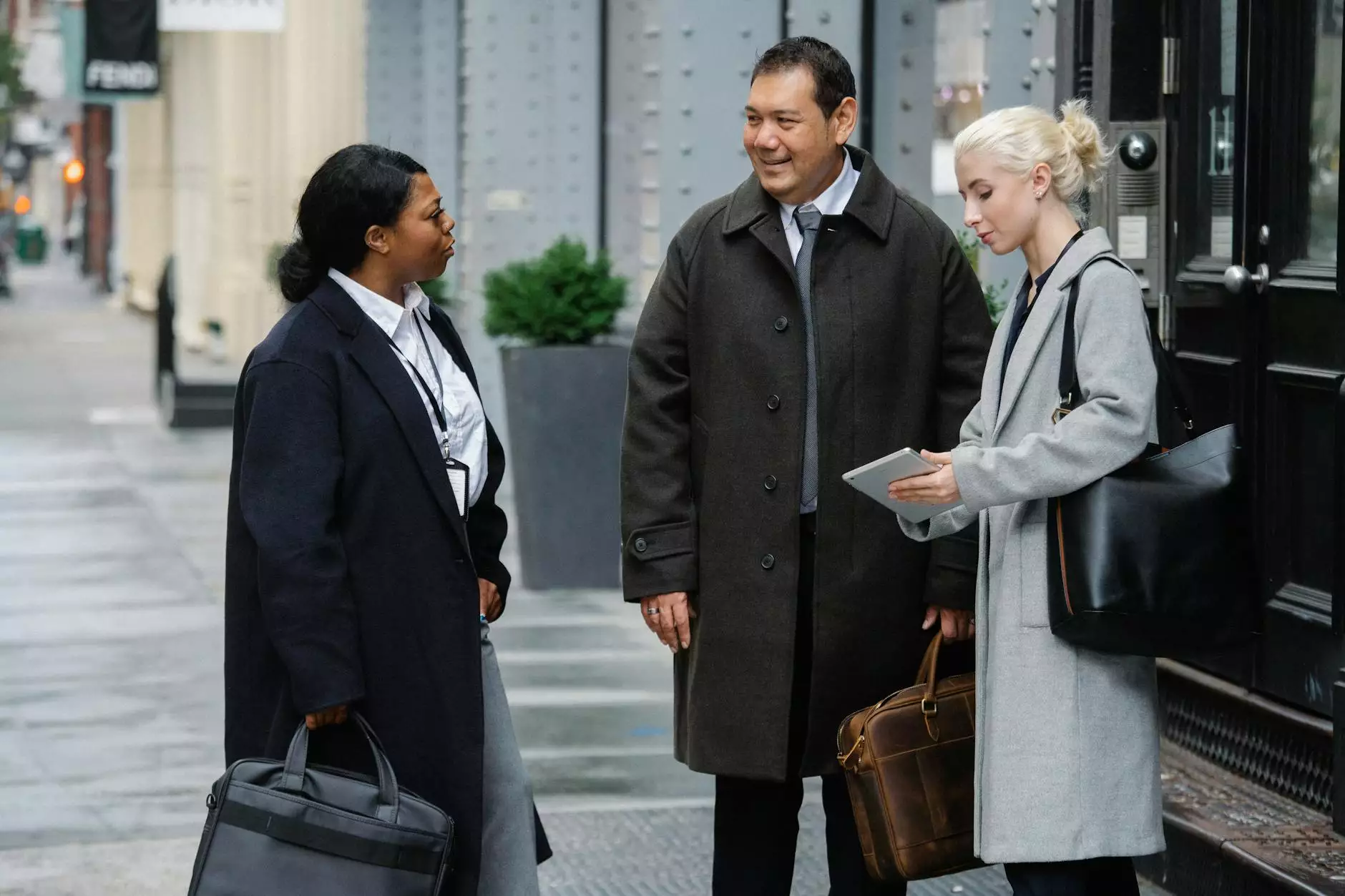How do I choose the right backing for my custom patch?
Art & Design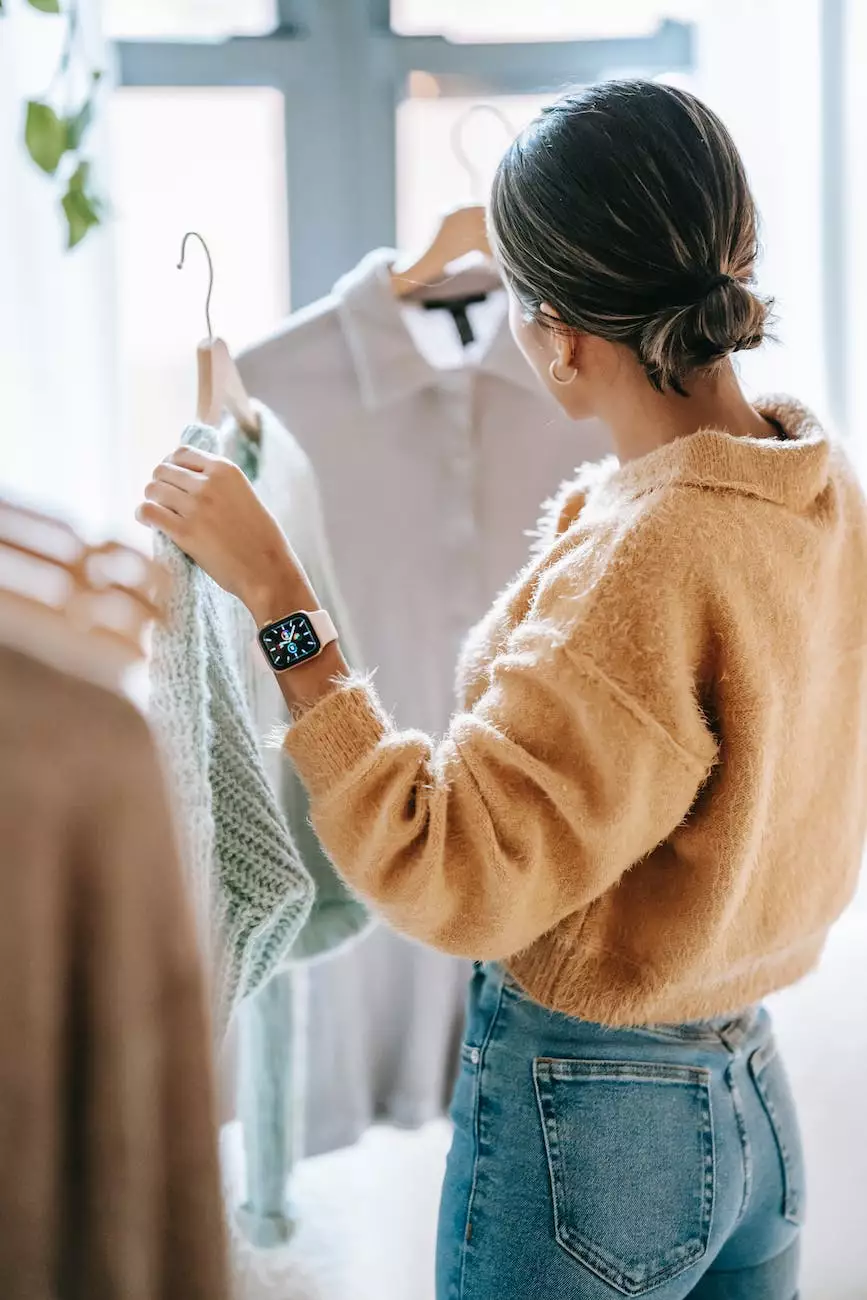
Introduction
When it comes to custom patches, one of the important decisions you need to make is choosing the right backing. The backing material not only affects the overall appearance of the patch but also determines its durability and how it can be attached to various surfaces.
The Importance of Backing
Backings provide stability and support to your custom patches. They ensure that the patch remains in place even when exposed to different environments, movements, or activities. Additionally, they help in attaching the patch securely to different surfaces, including fabrics, uniforms, hats, bags, and more.
Understanding the Different Backing Types
At M & C Initiative Media Group, we offer a wide range of patch backing options to suit your specific needs. Here are some of the most popular backing types:
1. Iron-on Backing
If you are looking for a convenient and fuss-free option, iron-on backing is a great choice. This backing has a layer of heat-activated adhesive on the back, which allows you to easily attach the patch to the desired surface using an iron. It works well on fabrics and is ideal for patches that will be frequently washed or laundered.
2. Sew-on Backing
Sew-on backing is a classic choice that provides a traditional and secure way of attaching patches. Just as the name suggests, this backing requires stitching the patch onto the fabric or item. It offers excellent durability and is suitable for patches that will be exposed to heavy wear and tear.
3. Velcro Backing
Velcro backing offers the flexibility of easily attaching and detaching patches. It consists of two components: the hook side and the loop side. The hook side is attached to the patch while the loop side is sewn onto the desired surface. This backing type allows you to swap patches on a single surface, making it a popular choice for military, tactical, or team patches.
4. Adhesive Backing
Adhesive backing utilizes a strong adhesive to stick the patch onto various surfaces. It offers a quick and easy application without the need for sewing or ironing. However, adhesive backing is not as durable as sew-on or iron-on options, and it may not withstand heavy washing or extreme conditions.
Factors to Consider when Choosing Backing
Here are some factors to consider when selecting the right backing for your custom patch:
1. Intended Use
Think about where and how you plan to use the patch. If it will be exposed to frequent movement, such as on a backpack or sports uniform, you may want a more durable backing option like sew-on or iron-on. For interchangeable patches, velcro backing provides easy attachment and removal.
2. Flexibility
Consider the flexibility you require from your patches. Certain backings, such as iron-on or adhesive, offer a more permanent attachment, while sew-on and velcro backings allow for greater flexibility in changing or repositioning patches.
3. Washing and Care
If your patches will require frequent washing or exposure to harsh conditions, choose a backing that can withstand these conditions without losing its attachment strength. Iron-on backing is generally suitable for regular washing, while sew-on backing is highly durable in extreme conditions.
4. Aesthetics
Consider the overall appearance you want to achieve with your patches. Sew-on backing provides a clean, classic look, while iron-on and adhesive backing offer a seamless appearance without visible stitches. Velcro backing allows for easy interchangeability and customization.
Conclusion
Choosing the right backing for your custom patch is crucial to ensure its longevity, attachment strength, and overall aesthetics. Assess your specific needs, considering factors such as intended use, flexibility, washing requirements, and aesthetics. At M & C Initiative Media Group, we offer a variety of backing options to help you create the perfect custom patches that meet your requirements.




